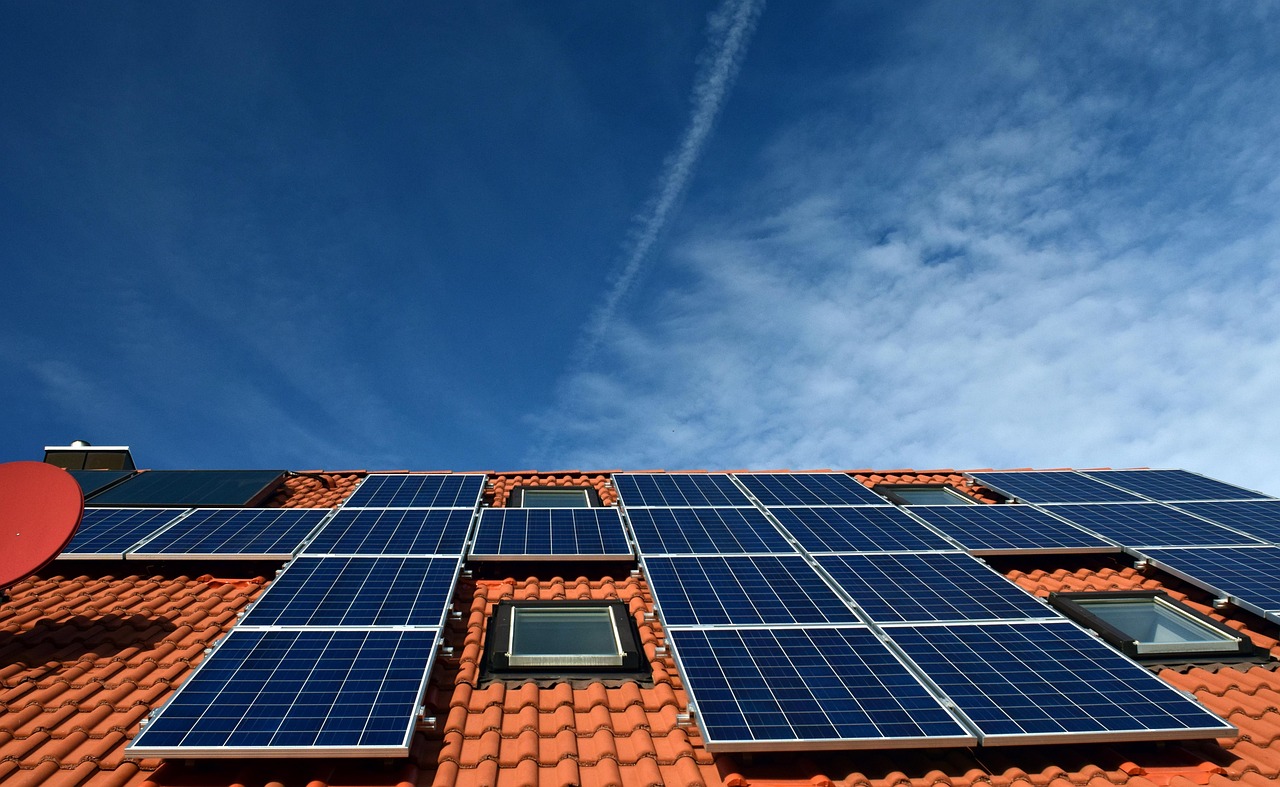Solar siding is an innovative building material that combines traditional siding with solar power generation. It replaces standard exterior wall layers with a system that integrates photovoltaic technology, allowing the walls themselves to produce electricity. This approach makes solar siding a practical solution for those looking to generate renewable energy without altering the roof or adding separate panels.
Unlike conventional solar panels, solar siding blends seamlessly with the building’s exterior, offering a sleek and modern look. It provides dual functionality by protecting the structure while contributing to energy efficiency. This makes it particularly appealing for homeowners and builders aiming for sustainability with minimal visual impact.
With advances in materials and installation methods, solar siding is becoming a more accessible and reliable option for renewable energy. It suits both new constructions and renovations where integrating solar power directly into the building envelope is preferred.
How Solar Siding Works
Solar siding integrates photovoltaic technology directly into exterior building materials. It converts sunlight into electricity while serving as a structural and protective element of the home. This requires specific technologies, materials, and design considerations to achieve both energy generation and aesthetic appeal.
Types of Solar Siding Technologies
Solar siding primarily uses thin-film photovoltaic panels or building-integrated photovoltaics (BIPV). Thin-film panels are flexible and lightweight, allowing for easier integration with siding materials. BIPV systems embed solar cells into the siding, turning the wall surface into an energy-producing component.
Some solar siding systems use monocrystalline or polycrystalline silicon cells, which are more efficient but typically less flexible. The choice depends on the balance between efficiency, durability, and design requirements. Each type is designed to withstand weather conditions while maintaining energy production.
Solar siding can also come as prefabricated panels that simplify installation by combining insulation, weatherproofing, and solar cells in one unit. This reduces labor time and streamlines integration with the home’s structural wall.
Components and Materials
Key components of solar siding include the solar cells, encapsulants, backing material, and protective outer layers. Encapsulants protect cells from moisture and physical damage. The backing supports the cells and attaches to the wall framing.
Materials for solar siding often combine fiber cement, metal, or vinyl with photovoltaic elements. Fiber cement offers durability and resistance to fire and moisture, making it a common choice for solar siding substrates.
The protective layer is usually a tempered glass or durable polymer that shields cells from impacts and UV degradation. Electrical wiring and connections are integrated discreetly to maintain the siding’s visual appeal while connecting to the home’s electrical system.
Integration With Building Design
Solar siding must be planned early in the design or renovation process to align with structural and aesthetic needs. Placement on walls with optimal sun exposure, usually south-facing, maximizes energy output.
Integration often involves coordination between architects, electricians, and installers to ensure proper load support, wiring routes, and waterproofing. It also requires matching siding appearance with the building’s style.
Design permits installation of solar siding on various building types, including residential and commercial. Proper integration maintains the siding’s protective role against weather while generating energy, without compromising appearance or function.
Benefits and Considerations
Solar siding offers a combination of energy generation and exterior protection, integrating solar technology directly into a home’s surface. It impacts energy costs, installation complexity, visual appeal, and performance under different environmental conditions.
Energy Efficiency and Savings
Solar siding generates electricity by converting sunlight into usable power, reducing reliance on grid energy. This directly lowers monthly energy bills and can increase energy independence.
It saves space by replacing traditional siding with solar panels, maintaining a clean exterior without the bulk of rooftop arrays. Efficiency varies by panel type and exposure, so optimal orientation and minimal shading are critical.
Some systems have integrated energy storage options, allowing homeowners to store excess power. Over time, the savings from reduced utility costs can offset the initial investment, especially in areas with high electricity rates or incentives.
Installation and Maintenance
Installing solar siding requires assessing the structural compatibility of the home’s exterior to support the added weight of panels. Professional evaluation ensures the siding can handle these loads without damage.
Access for maintenance should be planned, as solar siding might complicate repairs or inspections compared to traditional siding. Cleaning requirements depend on local dust and weather conditions—dusty or rainy environments may need more regular upkeep to maintain efficiency.
Electrical system integration and weatherproofing also require skilled installation. Homeowners should expect a higher initial cost and coordinate with experienced solar contractors and siding specialists to avoid structural or functional issues.
Aesthetic and Environmental Impact
Solar siding provides a sleek, modern appearance by blending energy technology with exterior design, avoiding visual clutter from separate solar arrays. It can enhance property value by adding renewable energy capability directly into the home’s envelope.
Environmentally, it reduces carbon footprint by generating renewable electricity onsite. The use of prefabricated solar siding systems also promotes sustainable building practices through reduced material waste and energy-efficient manufacturing.
Homeowners should consider panel color, texture, and size options to match or complement existing architecture for an attractive finish while supporting environmental goals.
Suitability for Different Climates
Effectiveness of solar siding varies with climate factors such as sunlight availability, temperature extremes, and precipitation. It performs best in regions with high, consistent solar irradiance.
In colder climates, solar siding needs to withstand snow loads and freezing temperatures without damage. Some products use materials designed for thermal expansion and contraction to maintain durability.
Hot and humid climates may require solar sidings with enhanced ventilation and heat dissipation features to prevent efficiency losses. Homeowners in heavily shaded areas or with frequent cloud cover may see lower returns on investment.







